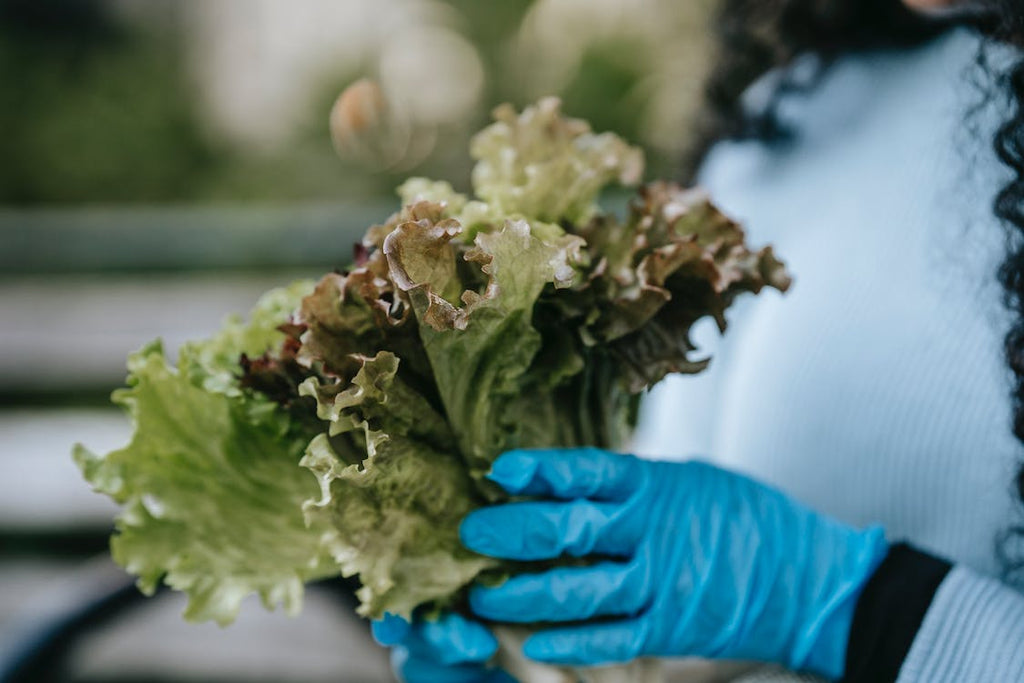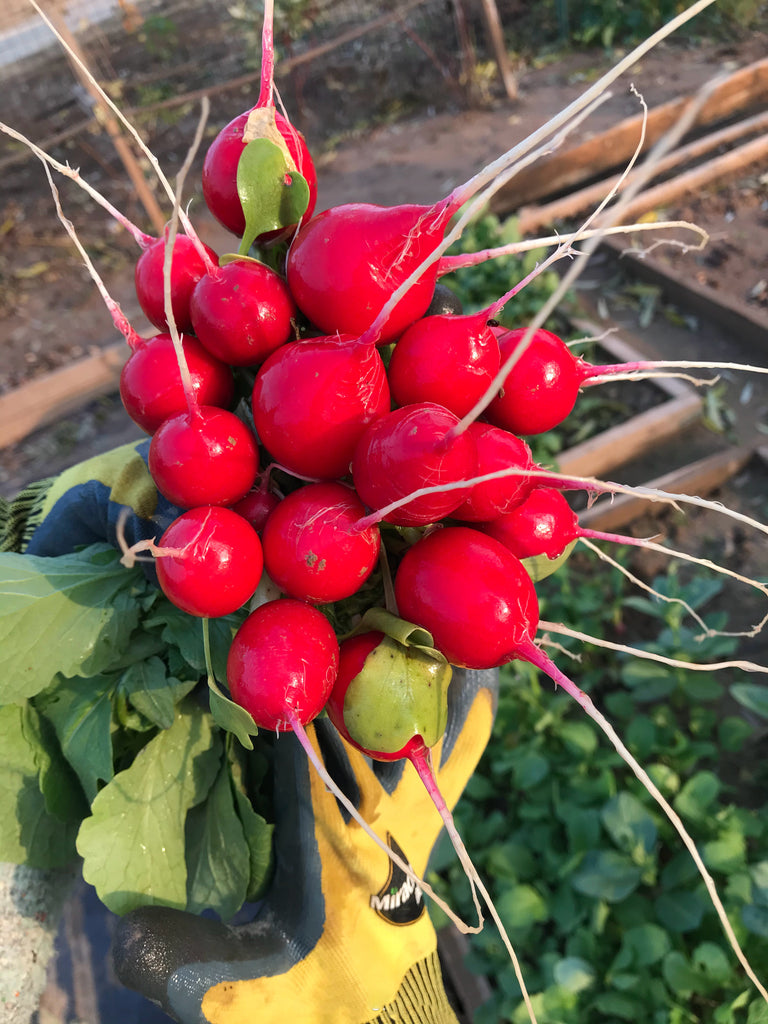
It’s been one crazy summer for much of North America, with record heat waves affecting many of us. Now, however, we’re moving into the fall season, and it’s time to start thinking about what our autumn gardens might look like. As gardeners we often focus on spring and summer as the primary parts of gardening season, but as it turns out autumn offers many opportunities of its own. So, what can you plant in your fall garden? What sort of plants thrive in the cooler months? There are many options, so let’s dig in!
Why Plant a Fall Garden?
Each plant has a season—a set of conditions that it needs to grow. In temperate zones (roughly USDA zones 4 through 8), the fall months can be perfect for many vegetable and decorative plants that might find summer too warm to thrive. By expanding your gardening year into the fall, you’ll get more time in your garden, be able to explore a wider variety of plants and produce, and learn a lot more about how it all fits together!
Garden Plants for the Fall Months
So what thrives in autumn? As with all gardening, a great deal depends on where you live, your climate, and the particular space you have to garden in. However there are some favorites that do well in many places, so here are some popular fall vegetable plants for your garden:
- Lettuce, particularly leaf lettuce, is a popular option in many fall gardens and a very easy plant to start with for cool-weather gardening. Leaf lettuces are generally ready to harvest in 45 or 50 days from planting, making them easy to start in late summer and enjoy throughout the fall.

- Likewise, spinach is a wonderfully tasty and healthy green that thrives in the cooler months. While spinach can be grown in either spring or fall, the autumn months offer a unique opportunity. The soil is warmer than in spring, but without the oppressive summer heat that causes spinach to wilt.
- Swiss chard is another wonderful fall green that adds a delightful burst of color to your fall vegetable patch. It can also be grown as a decorative, making this a particularly useful plant for the fall garden.
- Brassicas of all sorts—collards, kale, broccoli, and more—are wonderful choices for fall gardening. Collards and kale can run all winter in milder climates, as they are resistant to mild frosts and freezing temperatures.
- Radishes prefer cooler weather than what many of us get in the summer, and they’re a relative quick veggie to grow, with many varietals ready to harvest in less than 50 days.

- Peas of various sorts do wonderfully well in cooler weather, and make a great addition to the fall garden. Snow peas and snap peas are the traditional choices, with many varietals ready to start harvesting at 60 days or so.

So it turns out there are many vegetable plants which can thrive throughout the fall and maybe even beyond! But what about decorative plants? Turns out that there are many options for autumn beauty in the garden as well:
- Chinese lantern (Alkekengi officinarum, formerly known as Physalis alkekengi) is a dramatic accent in any garden, and as it turns out can thrive in the fall. While these should be started in the spring, mature plants can be transplanted in late summer or early fall to good effect. They may look a bit like ground cherries or tomatillos, and they are edible when the fruit are fully ripe, but leaves, stems and unripe fruit can be toxic to both people and pets.

- There are many options in the Chrysanthemumfamily that thrive in the cooler months and provide a wonderful burst of color in the garden. These make wonderful accent pieces in borders, baskets, or containers and do well on a patio with a little protection in colder weather.
- Russian sage (Perovskia atriplicifolia) isn’t strictly speaking a member of the sage family, but this woody perennial adds a burst of blue or light purple flowers to the fall garden. Hardy in zones 3-9, the tall flower clusters add a vertical feature to a fall garden.

- Ornamental kale is another wonderful option for borders, walkways, and other accent spaces. Botanically these are the same plants as garden kale, and they’re edible as far as we know. However their tight leaf clusters, rich colors, and compact growing style make them perfect for a decorative fall plant.

Our goal for this blog is to show you that gardening can be a year-round affair with a little bit of effort. Your fall garden can be rich and rewarding, and fall gardening allows us to learn more about the ways our plants and our gardens fit into the natural world around us.
As always, we love to hear from you, so if you have any stories, advice, or tips for fall gardening, please reach out!

Leave a comment